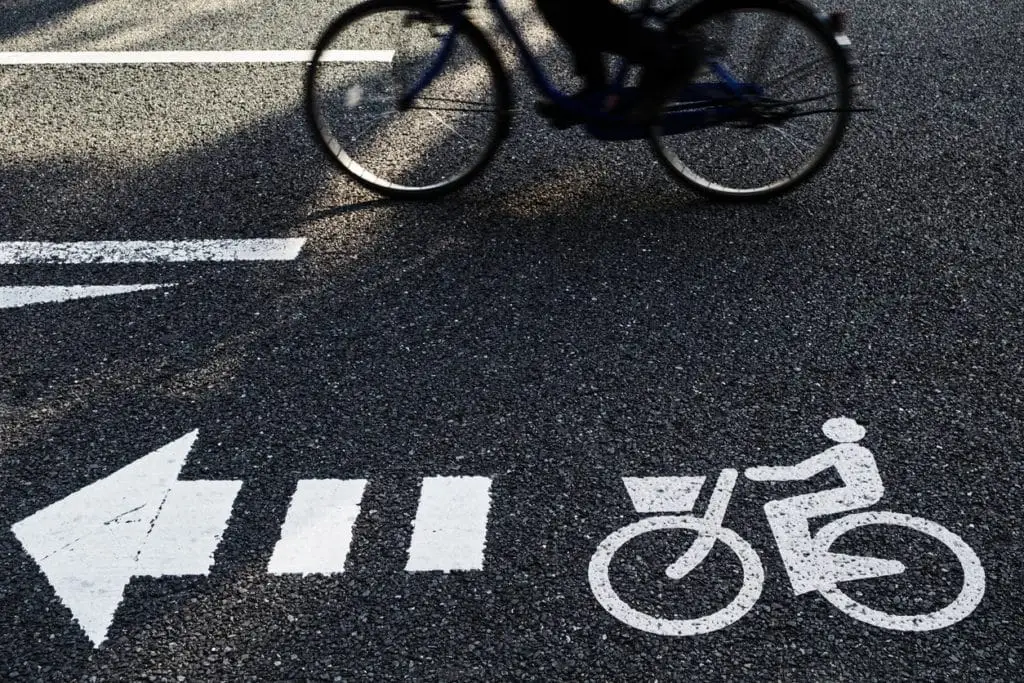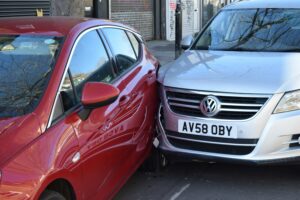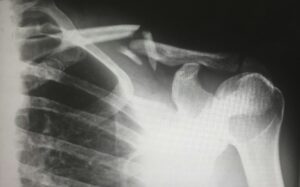Table of Contents
ToggleRight-of-Way Laws in California

You and other California drivers may take the current state of traffic for granted. Although Los Angeles congestion may be frustrating, traffic is less chaotic than it was when cars were first invented. In fact, it was not until 1901, fifteen years after the invention of the car, that Connecticut created the first set of traffic laws to govern traffic.
Traffic laws are designed to regulate the movement of vehicles on and around roadways in a safe and orderly manner. These include the state’s right-of-way laws, which come into play often when vehicles traveling in opposing directions converge at a single point. Violating these laws is not only illegal but also a common cause of traffic collisions.
What the Right-of-Way Actually Means
The right-of-way simply refers to the legal ability to continue on your way. When you have the right-of-way, traffic traveling in other directions that might cross your path must stop or slow down and allow you to proceed. These other drivers must wait until you have safely passed before they can continue.
The opposite is true as well: when you do not have the right-of-way, you must stop or yield until other drivers have passed. Only when your path is clear or when you have the right-of-way can you proceed along the way.
California’s Right-of-Way Laws
The right-of-way is oftentimes controlled by traffic lights or signs. When they are present, they identify who has the right of way and who must yield.
For example, if you come upon a yield sign as you are driving, it means you must yield to traffic that may be traveling across your path. Similarly, a red traffic light means you must stop because other traffic has the right-of-way.
But there are intersections, merge points, and other locations where there are no lights or signs. In these situations, California’s right-of-way laws help ensure traffic is able to continue in a safe and orderly fashion. Some of these laws involve the following people and circumstances.
Pedestrians and Bicyclists
Bicyclists are subject to the same laws and rules of the road as cars and other vehicles. However, pedestrians who are crossing the street at an intersection or in a crosswalk should be given the right of way. Wait until walkers or joggers have cleared your path and reached the other side of the road before continuing.
Turning Left
If you are turning left at any place that doesn’t have a traffic light and you must cross traffic to continue on your way, the right-of-way laws require you to yield to approaching traffic. Stop your vehicle and wait for opposing traffic to pass before turning left.
The only common situation where you may have the right-of-way when turning left is at an intersection controlled by four stop signs or by a traffic light that has a designated left-turn green arrow.
In the first situation, you would have the right-of-way over any vehicle that arrives at the intersection after you do. In the latter situation, you have the right-of-way when the green arrow is displayed.
Entering a Roadway or Roundabout
If you are merging onto a roadway or entering a roundabout, you must yield the right-of-way to other traffic. Slow down or stop if necessary, and wait until there is sufficient space for you to proceed.
Follow California’s Right-of-Way Laws and Stay Safe
By following California’s right-of-way laws, you are not only doing your part to alleviate traffic jams and congestion but also protecting yourself and others from dangerous traffic collisions.
Contact Our Car Accident Law Firm in Los Angeles, CA
If you were injured in an accident in Los Angeles, CA or you lost a loved one and you need legal assistance, please contact us to schedule a free consultation. One of our Los Angeles car accident lawyers at M&Y Personal Injury Lawyers will get in touch with you soon.
M&Y Personal Injury Lawyers – Los Angeles Office
4929 Wilshire Blvd Suite 960,
Los Angeles, CA 90010
866-864-5477




